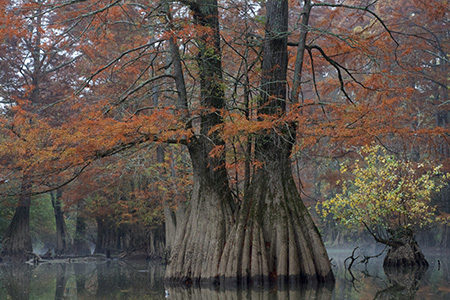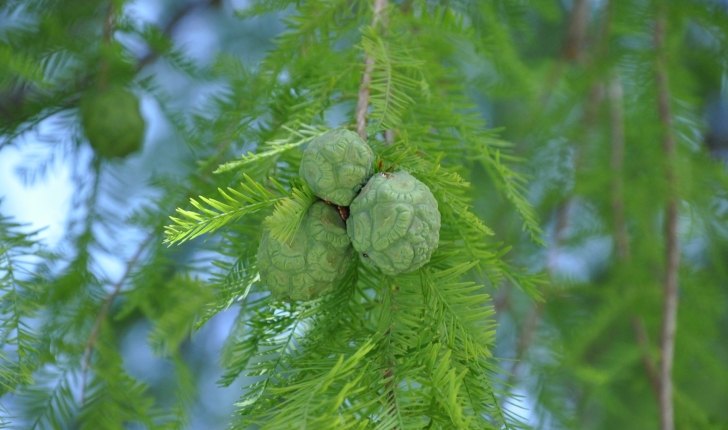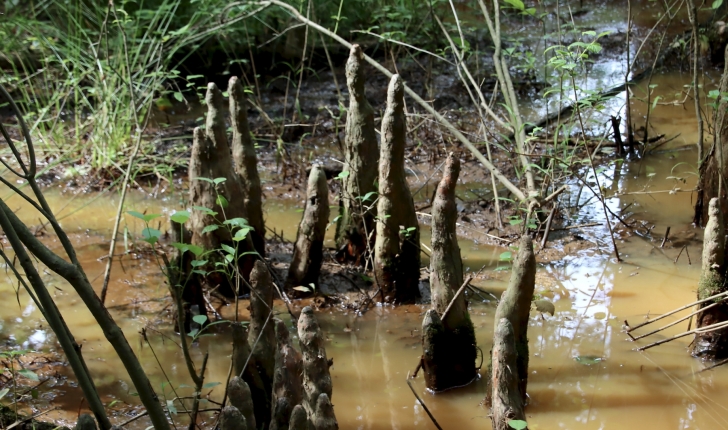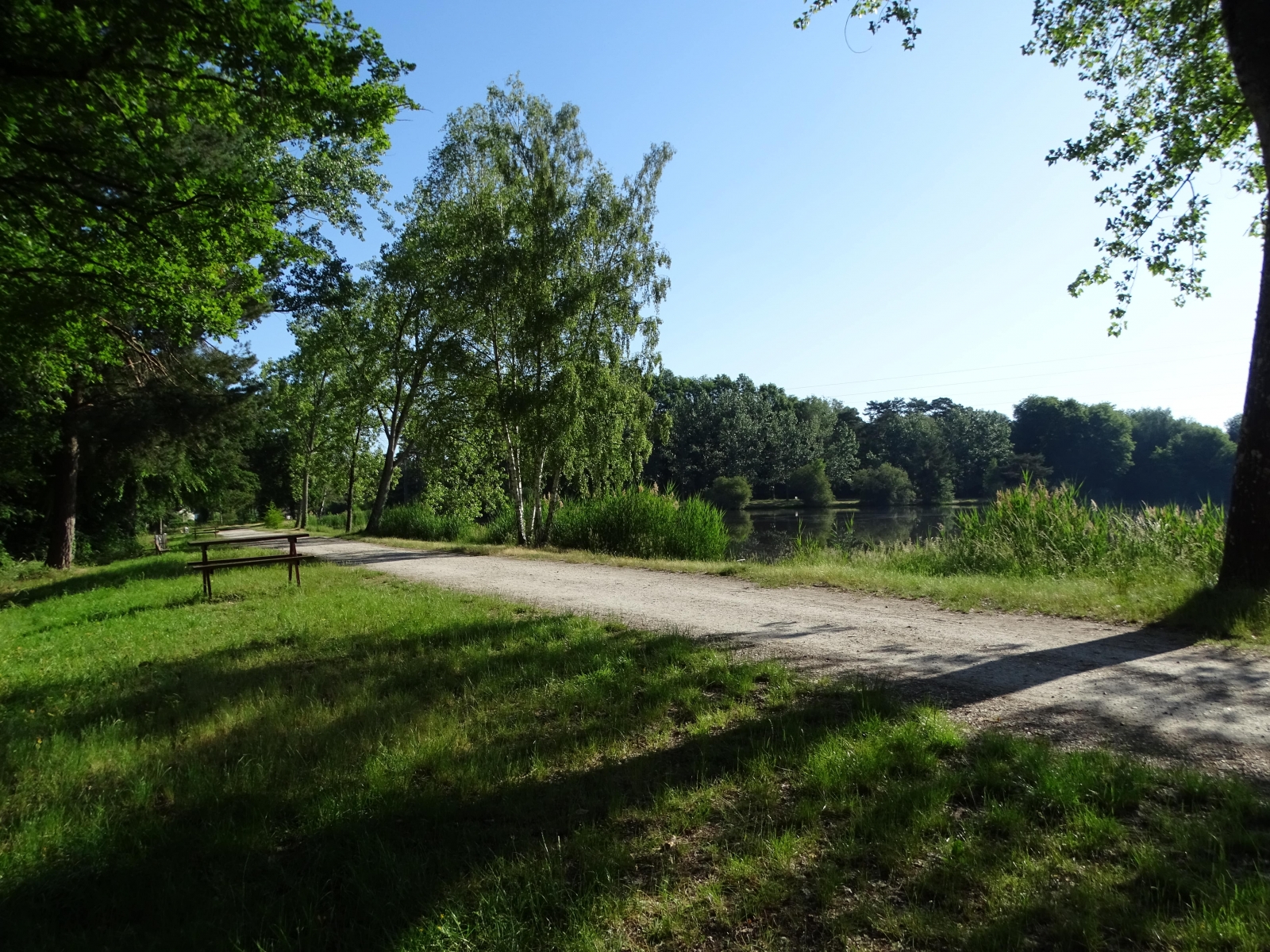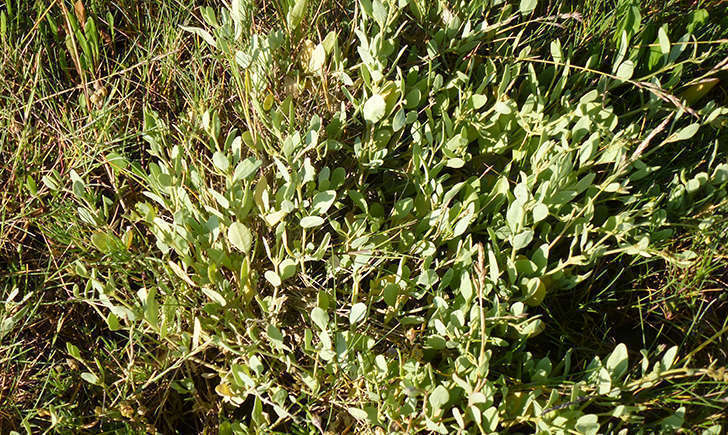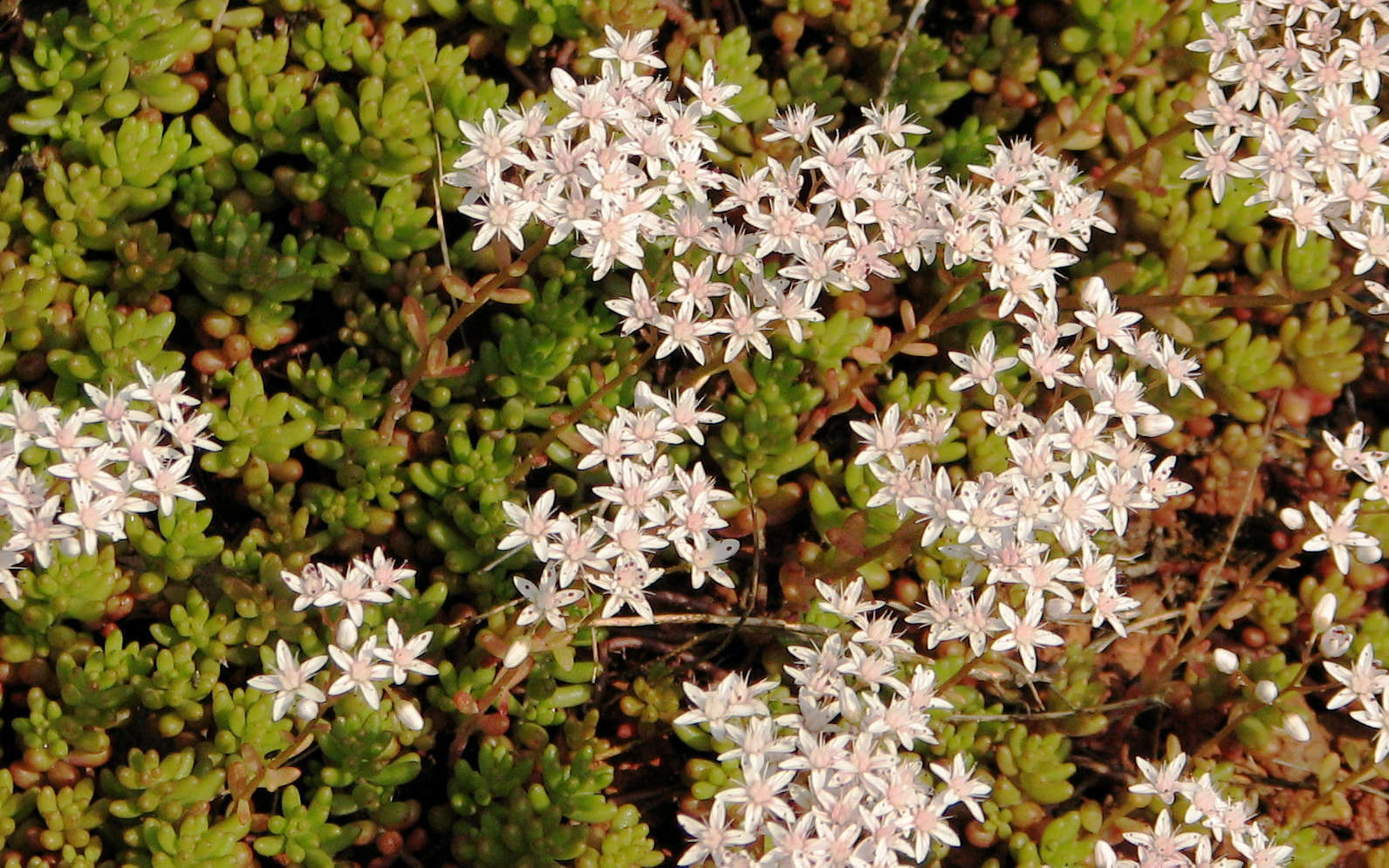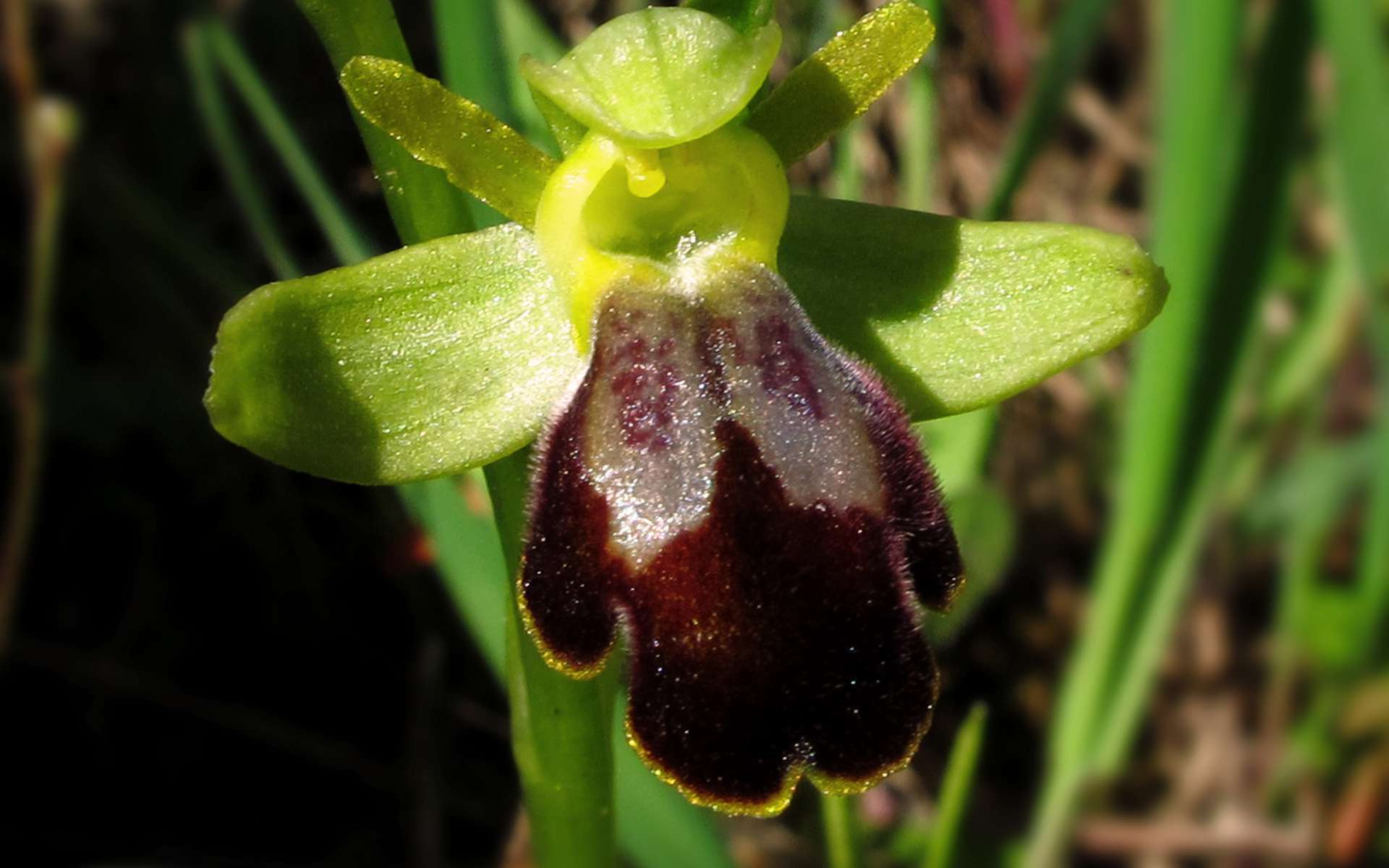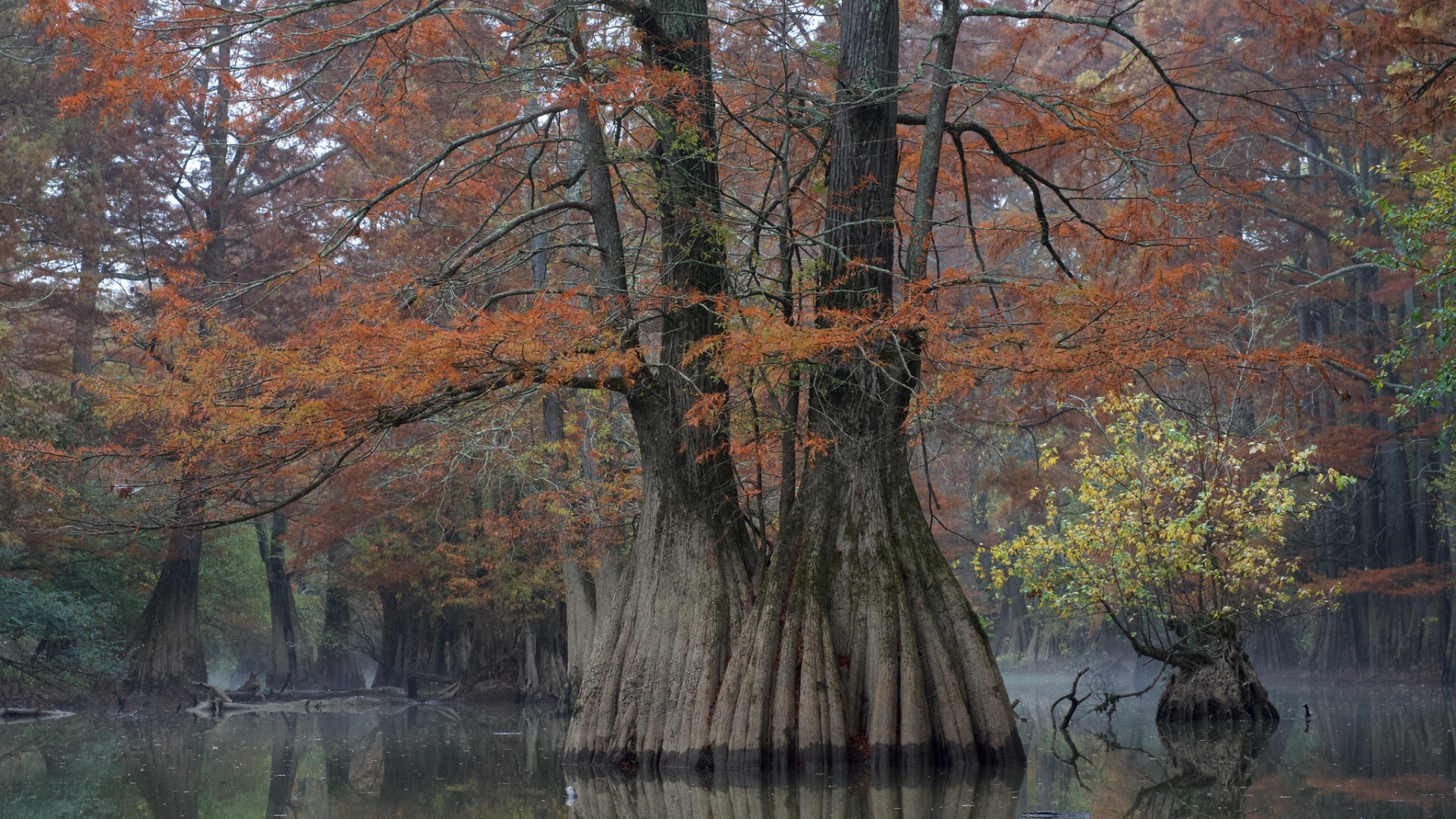
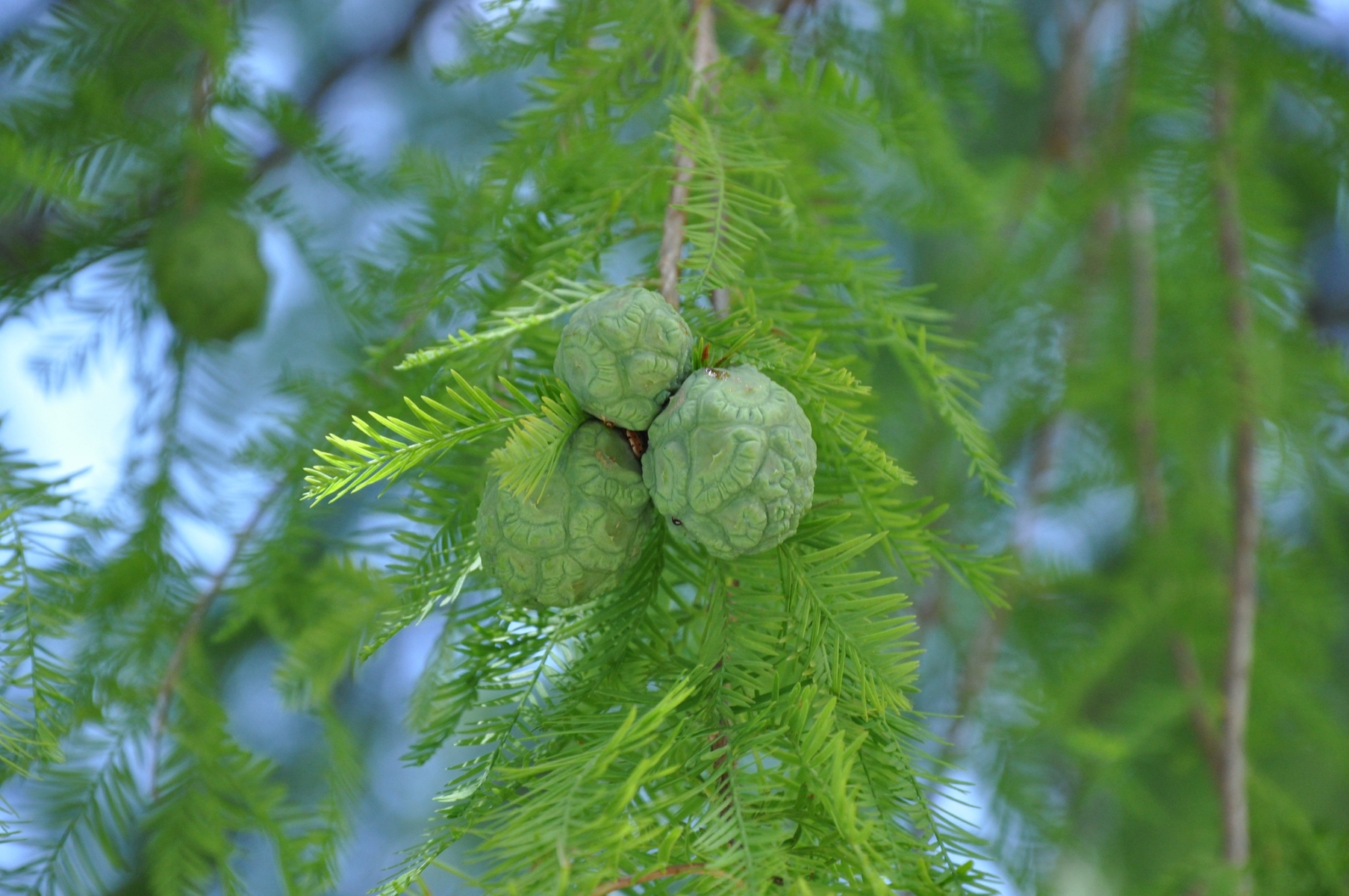
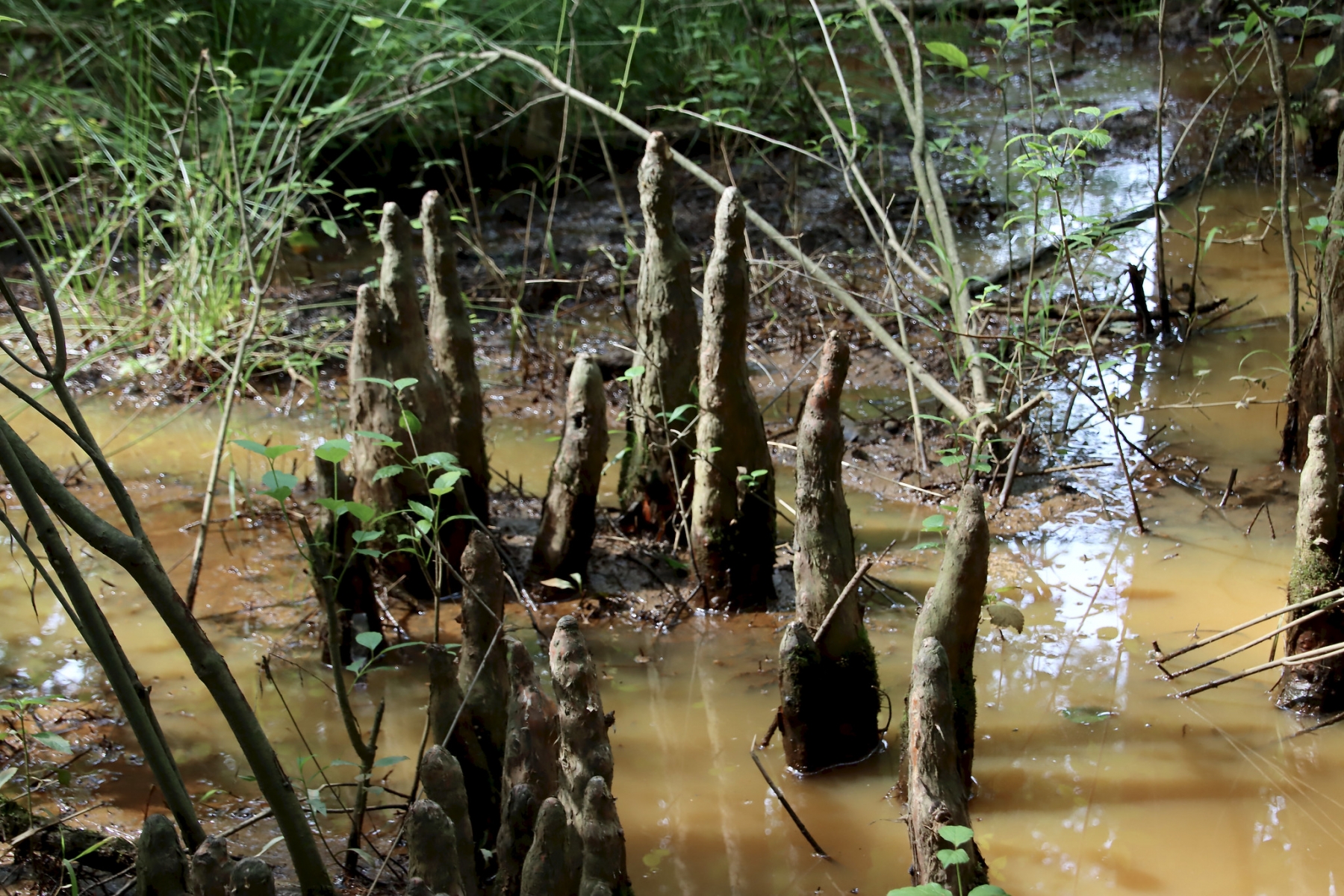
Le cyprès chauve peut atteindre 50 mètres dans les meilleures conditions.
Ses feuilles sont plutôt particulières: vertes claires, aplaties, composées, formant un feuillage très souple.
Le Cyprès chauve est reconnaissable par la croissance aérienne de ses racines: les pneumatophores. Cet organes permet de fournir de l'oxygène au système racinaire et de s'ancrer dans des sols généralement imbibés d'eau.
Originaire du Sud Est des Etats-Unis, cet arbre est tout de même observable dans de nombreux départements français.
